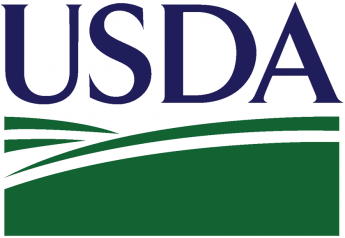Rare Earths 103
JOHNS WORLD 01/16/21
There wasn’t much happening elsewhere this week, so I’ll wrap up our exciting series on rare earths. We’ve established how important rare earths are for future technology and products and then ended with this seemingly ominous chart showing how China totally dominates the supply of these needed raw materials.

This near monopoly didn’t happen because rare earths are umm, rare elsewhere. We have plenty of mineable sites here in the US and there are many more abroad. It’s primarily because mining and refining rare earths is a dangerous, dirty business that until recently was hard to make any money doing. Sorting those weird atoms from all the others requires the use of toxic chemicals, mountains of spoils, large amounts of water, large open pit mines with all their baggage, and considerable risk to the environment, especially water supplies. Here is one such mine in China.

One of our biggest uncounted exports to China is pollution. The Chinese have been willing to tolerate until recently contaminating water and land, as well as endangering health of the surrounding population.

We’re kidding ourselves if we think we’ll open our own mines and refineries quickly or easily. Ask yourself if your county board would approve that, let alone the EPA. As you can imagine sourcing our own rare earths would make them drastically more expensive, as well.
That said, the Department of Energy has been frantically trying to point out we may have to. And much sooner than we thought. In a 2019 presentation, I stumbled across this slide.


China is already a net importer of REEs needed for permanent magnets – largely driven by their rapid shift to electric vehicles. The shocker was the statement which followed: China could be a net importer of all REEs as early as 2030. If you think our dependence on Chinese raw materials for our technological future is concerning, it could be about to fix itself. The hard way.
We’ve been shouting at the kids fighting in the back seat and not looking in the rearview mirror. I do not consider China an enemy, but we have overlooked how fast and powerfully they have advanced.

This headline cemented my opinion. The CEBR is one of the UK’s leading business consulting firms, not a wacko fringe think-tank. They just moved forward the date when China’s GDP becomes the world’s largest 5 years to 2028. We’ll have much to talk about on this topic this year.







